Do you want to capture memories in beautiful Polaroid photographs but don’t know how to take good pictures in the dark? If you have an old polaroid camera that gathers dust or a new InstantPrint digital camera, we’ve got all sorts of helpful tips and tricks for you! Despite inexact results – as no two shots are the same with film photography – taking Polaroids in lower light scenarios can be done successfully. In this blog post, we’ll break down exactly what you need to do before, during, and after shooting your Polaroid pictures so they turn out looking great regardless of the amount of light present! Read on to learn more about how to take amazing photo prints even when it’s dark outside.
Tips for Capturing Good Polaroid Pictures in the Dark
A. Use an Appropriate Camera Setting
When taking pictures in the dark, it is important to choose a camera setting that will allow you to capture quality images. A higher ISO and slower shutter speed are ideal for low-light photography. You may also want to turn on the flash, but be sure to use it sparingly as too much light can wash out details in your image.

B. Steady Your Camera
When taking pictures in the dark, it is important to keep your camera steady. This can be accomplished by using a tripod or other support structure. If you don’t have one of these available, try bracing yourself against a wall or another surface to minimize any shaking.
C. Pay Attention to Lighting
When taking pictures in the dark, pay attention to your lighting. Look for natural light sources that you can use to create interesting shadows and moods. If possible, try to capture a glimpse of the night sky by angling your camera towards it or pointing a flashlight up at it. You can also experiment with different colored lights, such as Christmas lights or fluorescent lamps. When using artificial light sources, make sure they are not too bright (which can cause overexposure) or too dim (which could result in underexposure). [1]
D. Angle is Essential for Night Photography with a Polaroid Camera
When photographing in the dark, the angle from which you take your shot is essential. Look for interesting angles that can enhance your photos and create a sense of depth or mystery. You can use foreground elements to add an extra layer of interest; for example, pointing your camera towards a tree can help draw attention to its branches and leaves. Additionally, try angling your camera slightly upwards or downwards to capture a unique perspective on the night sky. [2]
E. Taking Care of Your Film
When taking Polaroid photos in the dark, it is important to remember that your camera’s film needs extra care and attention. This means making sure your camera is not exposed to too much humidity or heat. Additionally, always store and transport unused films in a cool, dry place. Finally, never shake the unexposed film as this can cause streaks or spots on your pictures when you develop them.
These tips will help you take good Polaroid pictures in the dark and create beautiful memories of those unforgettable moments! So don’t forget to have fun experimenting with different lighting techniques, angles, and film care practices for stunning night photography results. [3]

Do Polaroids Fade?
Polaroids are excellent for capturing moments and memories, but they also have a reputation for fading over time. This is because the photos use dyes that fade as time passes. The resulting images can lose their color or clarity after a few months or years of storage. To ensure your Polaroid pictures remain vibrant and clear, you should take special care to avoid exposing them to too much light, heat, or moisture. Avoid displaying Polaroids in direct sunlight or storing them in damp environments such as basements and attics.
Additionally, try to keep your original negatives stored away from extreme temperatures; these can be used to reprint the photos if needed at a later date.
With just a few simple precautions, you can ensure that your Polaroid pictures remain vibrant for many years to come!
How Do I Make My Polaroid Brighter?
To make your Polaroid brighter, you can adjust the exposure settings on your camera. If you’re shooting in a dark environment, try setting the exposure to the highest level possible. This will help ensure that enough light gets to the film and creates a brighter image. You may also want to use a flash or additional lighting to provide extra illumination for better results. If you’re feeling particularly adventurous, you could even try using colored gels or reflectors to add some interesting effects and color tones to your photo! Experimentation is part of the fun when taking Polaroids so don’t be afraid to get creative with it!

Finally, if you’re having trouble getting a good result with any of these techniques, then it might be time to look into a specialized Polaroid camera. Many of the newer models feature built-in lights or flashes, adjustable exposure settings, and other features that can help you take great Polaroid pictures in the dark. With the right gear and techniques, you’ll be able to capture amazing Polaroids no matter what kind of light you’re working with! Good luck and happy snapping!
What Can Damage A Polaroid?
When taking polaroid pictures in the dark, you should be aware that certain conditions can damage your photos. High temperatures can cause film to curl and fade prematurely, so try to keep your camera away from direct sunlight or anything else that might make it too hot. Humidity is also a factor—it can cause mold on the film or lead to fading and discoloration of the print. In addition, dust particles can interfere with the development of the photo, leading to poor quality prints. If possible, store your camera in a cool dry place with low humidity when not in use.
Additionally, avoid touching or rubbing the surface of your polaroid while it’s developing as this could affect its clarity.
Finally, never shake a polaroid photo when it’s still developing; doing so can cause the image to appear blurry. Instead, be patient and allow the picture to fully develop before handling it. [5]
Do Polaroids Develop Better In The Cold?
Taking Polaroid pictures in the cold can significantly improve the quality of the photos. Colder temperatures slow down the development process, and this allows more light to be absorbed by the film before it is fully exposed. This helps to ensure that there isn’t too much highlight or shadow detail lost during development. However, when taking photos in extreme temperatures – for example, below freezing – you should take extra precautions to protect your camera from damage due to condensation. You should also use a faster shutter speed than usual to compensate for any potential movement of the subject while being photographed.
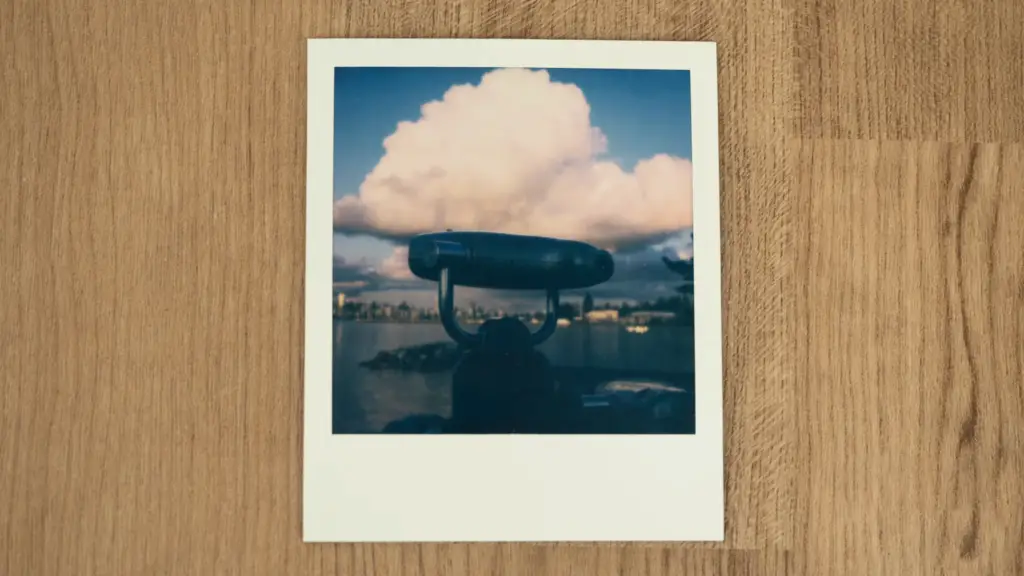
How Many Years Does A Polaroid Photo Last?
Polaroid photos can last up to twenty years. However, like all types of photographs, the lifespan of a Polaroid photo depends on how well it is preserved. If you store your Polaroid photos in a cool, dry place and away from direct sunlight, they should last much longer than if they were stored in intense heat or humidity. Additionally, keeping the photos protected from dust and dirt can help preserve them for many years to come. To get the most life out of your Polaroids, make sure you keep them in an album or other protective storage solution as soon as possible after taking them. With proper care, you will be able to enjoy your memories captured on film for many years!
Do Polaroids Expire?
Polaroid photos used to be very popular in the past, and are still widely loved today. But, do Polaroids expire? The answer is yes! Just like any other type of film, Polaroids have a limited lifespan. They can degrade over time due to light exposure, humidity, and temperature changes. To ensure your Polaroid pictures last for as long as possible and remain vibrant and clear, it’s important to store them properly.
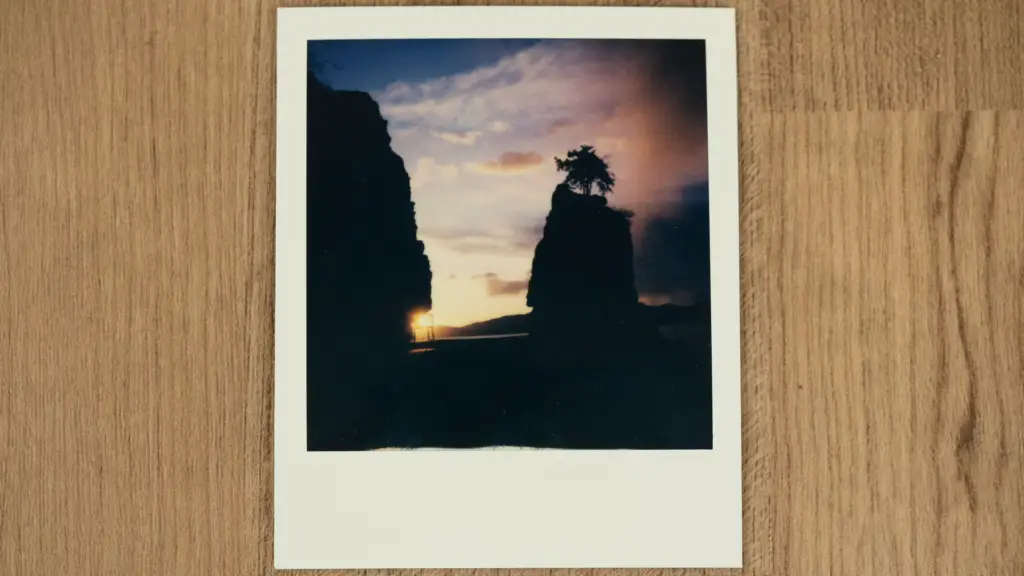
FAQ
Can you take Polaroid pictures in the dark?
Yes, it is possible to take Polaroid pictures in the dark. However, there are several steps you must take in order to get a good result. First, you’ll need to make sure your camera has a flash feature and that it’s enabled. You should also set your shutter speed to its lowest setting in order to maximize the amount of light reaching the film. Additionally, be sure to use ISO 800–1000 or higher film for better low-light results. Lastly, consider using additional lighting sources like candles or LED lamps in order to help brighten up your image.
How do you take good Polaroid pictures at night?
Taking pictures at night can present a unique set of challenges, as the darkness makes it difficult to see clearly. However, there are a few tips and tricks that you can use to ensure your Polaroid photos turn out great! The first step is to make sure your camera has enough light. You may want to consider using an external flash or lighting source if available. This will help provide more illumination in dark areas, allowing for better-quality images. Additionally, adjust the aperture settings on your camera so that it’s wide open (the maximum amount of light). This will also enable you to capture more detail in shadows and darker areas.
Another important tip is to use a tripod if possible. A steady base will reduce any risk of camera shake and blurry images. You should also use a slower shutter speed to capture as much light as possible, while still being able to keep the image sharp. Lastly, make sure you’ve got plenty of film before heading out into the night — it’s often harder to predict how many shots you’ll need in low-light settings. With these tips in mind, you should be well on your way to taking beautiful Polaroid pictures even in the dark!
Do Polaroids work better in the dark?
The short answer is yes! Polaroid cameras are designed to work best in low-light conditions, so taking pictures in the dark with a Polaroid can yield great results. There are some tips and tricks to keep in mind when shooting photos in the dark with a Polaroid camera. First and foremost, you’ll need to make sure your camera has enough light to capture an image on the film. One way to do this is by using flash fill. This involves positioning yourself or other objects close to the subject of your photo and then activating the flash, which will reflect off those objects and fill any shadows that might be present without giving everything an unnatural look. If there isn’t enough ambient light available for flash fill, you may need to use an external light source, such as a flashlight or another type of flash. Additionally, it’s important to set your camera settings correctly when shooting in the dark.
Should I shake my Polaroid?
Shaking a Polaroid after taking the picture isn’t necessary and can actually cause damage to the film. Instead, you should wait at least 15 minutes before peeling away the backing from the photo. This will give the photo time to develop properly so that you get the best results possible.
How can I improve my Polaroid quality?
If you want to take good Polaroid pictures in the dark, there are a few tips and tricks that can help improve your quality. First, make sure your camera is set up correctly. Adjust the ISO setting so it’s not too low or too high. Also, adjust the exposure level to make sure you’re capturing enough light. Depending on the darkness of your environment, you may need to open up the aperture more or use a higher shutter speed. Additionally, avoid using filters as they will reduce light levels even further and make it harder to get clear pictures. Second, try taking multiple shots of the same subject from different angles using varying frameworks such as close-up or wide-angle shots. This wil help you get the best possible shot. You’ll also need to pay attention to your lighting sources and use additional light sources when needed, such as a flashlight or even the flash of your camera if it is available. Finally, make sure that you keep all electronic devices away from the Polaroid film when taking pictures in dark environments.
Useful Video: How to Take Polaroids at Night
Conclusion
In conclusion, taking good Polaroid pictures in the dark can be easily done if you have the right equipment and know-how. Make sure to use a tripod or other support for your camera or phone, set up an appropriate lighting solution with LEDs that are bright enough for your desired shot, and consider shooting in raw format instead of JPEG. Finally, remember to take multiple shots so you can pick out the best one. With these tips and tricks, you’ll be able to capture great memories even during nighttime outings! Good luck!
References
- https://focalfun.com/do-polaroid-cameras-work-in-the-dark/
- https://www.techwalla.com/articles/how-to-use-a-polaroid-camera-at-night
- https://imagerestorationcenter.com/how-to-fix-a-dark-polaroid-picture/
- https://www.polaroid.com/blog/articles/tips-summer-polaroid-photos
- https://blog.freepeople.com/2015/11/instant-polaroid-photos-night/





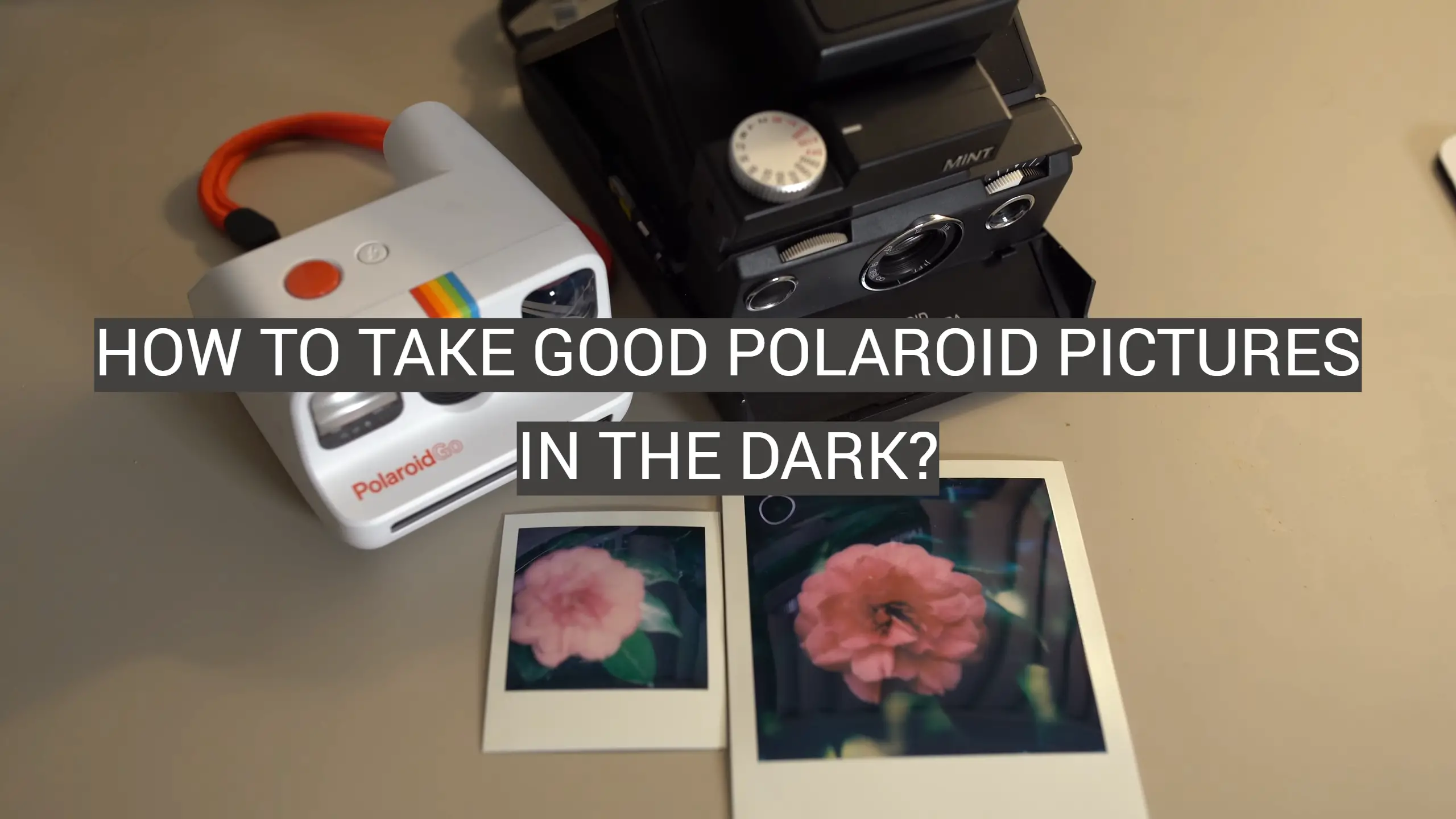
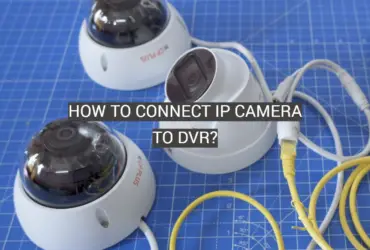



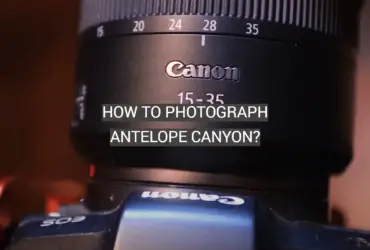
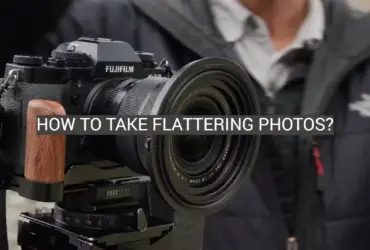
Leave a Reply